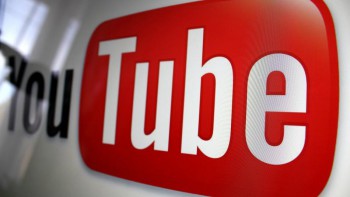YouTube Launches Paid Subscriptions
We have all heard the rumors in past weeks, but now the truth has reared its head. YouTube has decided to launch paid subscriptions for select channels. So far, only a handful of channels are available for a small price, but we will see what the future holds. How much does YouTube and its affiliate partners stand to make? Check out more below:
The move represents a significant departure from the free, ad-supported model that has thus far propelled YouTube’s phenomenal growth from a little known Silicon Valley startup in 2005 to an online video powerhouse with more than 1 billion active monthly viewers.
YouTube Subscription’s Split with Content Creators Likely to be Less than 30%
Thirty pilot channels taking the subscrption plunge include Sesame Street, UFC, Rap Battles, Jim Henson Family TV and others. Every channel will have a 14-day free trial, the company announced on its blog, and prices will range from as little as 99 cents a month with many channels offering deals for bundled channels or annual subscriptions. Channels are free to charge any amount above .99 cents a month, although many are averaging $2.99 a month. Subscribers will be able to pay via Google Wallet or credit cards.
While the model provides an additional revenue stream, it is not risk-free route for content creators. Chris Erwin, Director of Vertical Operations at BigFrame whose clients generate more than 3.2 billion YouTube views, wrote that a paywall could lower a channel’s audience size and eat into existing advertising revenue. In addition, smaller audiences can result in lower ad rates.
“Anything that costs money translates to slower user adoption, especially when there are creators willing to not charge subscribers for what they will brand as similar, premium content,” Erwin wrote.
Another potential difficulty is related to an important demographic for YouTube — viewers under 18.
“Our audience is primarily teens who will need to ask their moms for credit cards” to view subscription channels, Sarah Penna, co-founder of BigFrame said this week at the annual Music Biz conference in Los Angeles. “There are definitely logistical hurdles.”
At the same time, Penna said it’s important that YouTube and its channel partners learn how to make paid subscriptions work.
“To make a real living on YouTube is possible, but it’s the exception,” Penna said. “Having to rely on CPMs is frustrating. So this has to work. However, it will take some long-term thinking because it’s definitely a mental shift for people.”
The company, purchased by Google in 2006 for $1.65 billion in stock, has been focused on expanding the number of ways for content creators to make more money off of its platform.
YouTube executives have signaled for more than a year that it would pursue a subscription model, but the details of how it would work has not started to emerge until recent weeks. The company said it will begin offering the option to more channels in the coming weeks.
“This is just the beginning,” said Malik Ducard, Director of Content Partnerships in a call with reporter. “We will roll this out more broadly as a self-service feature for qualifying partners.”
Props to Billboard

